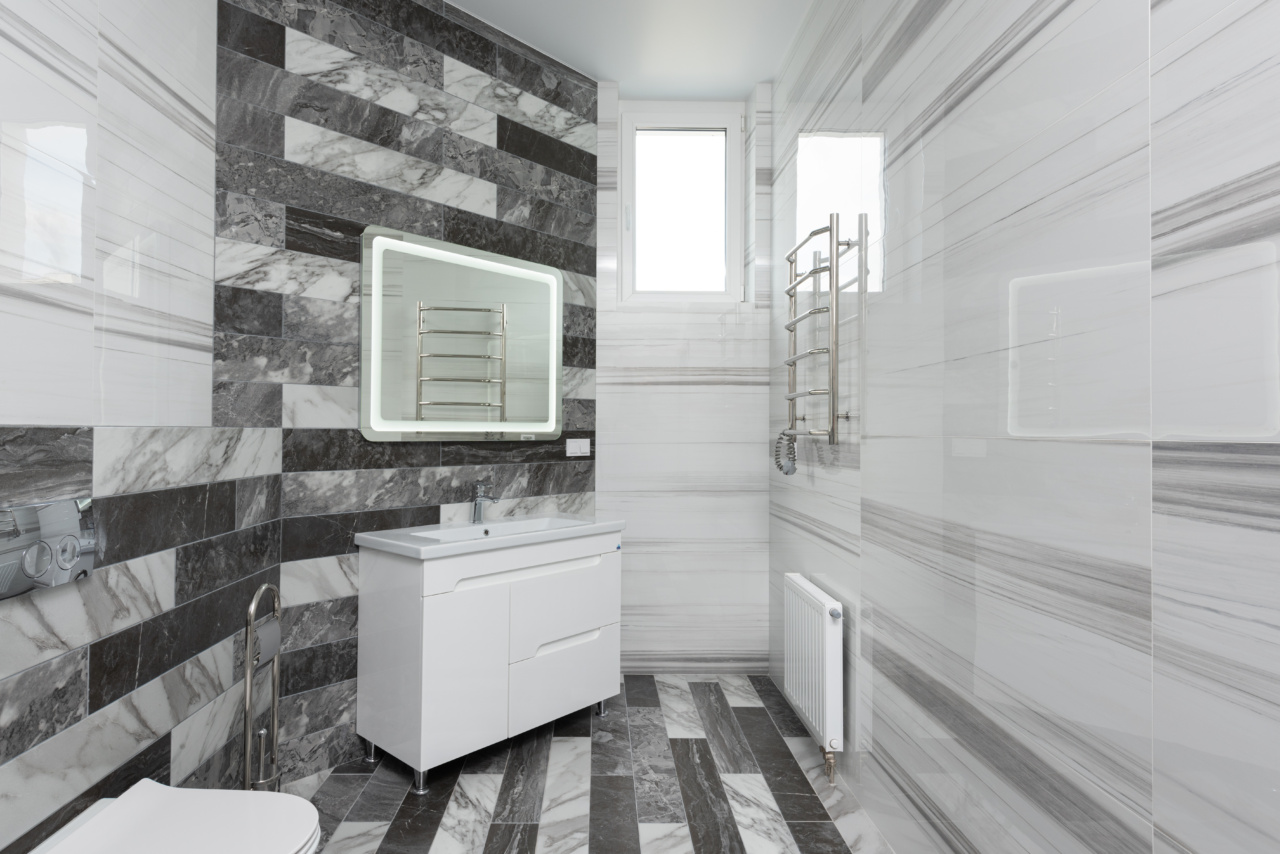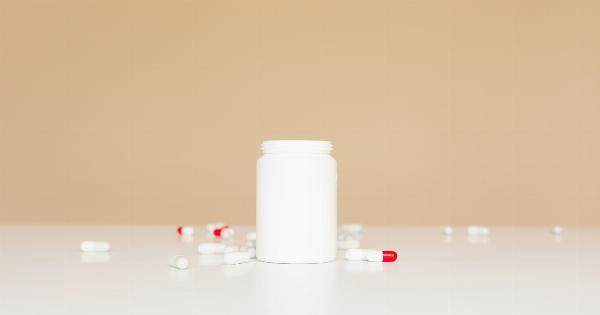Drug abuse is a significant concern all over the world, and drug users go to great lengths to hide their habit from others. They may try to evade the authorities, hide the symptoms, and keep secrets from loved ones.
Many individuals choose to use drugs in the bathroom, whether at home, at school, or in public restrooms. However, bathrooms are the worst possible place to use drugs. In this article, we will discuss why the bathroom is not the best spot for drugs.
1. Safety concerns
Using drugs exposes the user to many safety risks, from overdose to addiction, and everything in between. When using drugs in the bathroom, the user may also be at risk of physical injuries.
Oftentimes, bathrooms are cramped and confined spaces with slippery surfaces, which is a recipe for disaster. Additionally, some drugs require needles or other implements, which could cause accidents and injuries if the user is not careful.
2. Lack of privacy
Bathrooms aren’t as private as people think. Restrooms in public areas and schools typically have stalls instead of doors, meaning that drug users aren’t guaranteed as much privacy as they might think.
Even in a private home, a bathroom door could be easily broken down or opened by someone else who has the key or a lock picking tool. As such, all of the drug user’s secrets and personal information could be exposed to someone else.
3. Spread of disease
Bathrooms are notorious breeding grounds for germs and diseases. The close proximity of different surfaces, dirty hands, and bodily fluids all contribute to this.
When drug users use the bathroom to take their drugs, they expose themselves to the possibility of contracting infections and diseases. Additionally, drug users may leave drug paraphernalia and waste, such as needles or syringes, in the restroom, which could potentially infect others.
4. Social Stigma
The act of using drugs alone comes with a lot of social stigma. However, using drugs in a bathroom makes the stigma even worse. The bathroom is not a place intended for drug use, and doing so sends a message that the user is desperate or careless.
Younger individuals may also feel peer pressure to use drugs in the bathroom to fit in with other users. In summary, using drugs in the bathroom carries a lot of societal shame and decreased social standing.
5. Accessibility
The location of drugs in the bathroom is not always the simplest aspect. Some users may need to stash their drugs in an accessible place to quickly use the drugs in an emergency.
While the bathroom may seem like a good location to keep the drugs close at hand, it also makes it a lot easier for others to find them. Bathrooms are typically a shared space, and anyone can enter at any time. As such, anyone could take the drugs, which could lead to the user’s addiction becoming worse.
6. Disruption of bodily processes
Bathrooms are intended for, among other things, the natural process of elimination. Using the bathroom for drugs disrupts the natural process of the body. This can often lead to negative side effects, such as nausea, vomiting, and other digestive issues.
Additionally, using the bathroom for drugs may cause urine infections. By using urine where they shouldn’t, users may introduce all types of bacteria into their system.
7. Contributing to drug addiction
Drug addiction is a chronic and life-altering illness, and bathrooms are not the ideal spot to recover from addiction. By using drugs in the bathroom, the user makes it more difficult for themselves to quit.
The bathroom is a place that people associate with their habit, so every time they enter, the temptation is always there. Moreover, bathroom drug use may signify an individual has a more casual relationship with drug use and find it more difficult to escape the grip of addiction.
8. Legal consequences
Drug use violates the law, and most drugs are illegal. By using drugs, users not only expose themselves to the physical and emotional risks above, but also to legal risks.
The authorities can arrest and charge users depending on the drug they are using, the possession amount, and local law enforcement attitudes.
9. Regrets and negative emotions
Beyond the physical and potential legal concerns, using drugs alone in a bathroom can lead to introspection and shame.
It’s common for users to regret using drugs after the fact, and doing so in the bathroom might make those feelings even more intense. It also means nobody is there for the user when the inevitable anxiety, depression, or other side effects appear.
10. Addiction and overdose
When a drug is used in the bathroom, the user may be alone and lacking in support. Additionally, if the user overdoses, they may not be discovered for some time, which could lead to significant negative effects on their health or death.
In a shared bathroom, locking the door prevents anyone from entering and interfering with the user.
Conclusion
Drug use in a bathroom has several drawbacks, from legal, physical to psychological risks. It exposes the user to safety risks, diseases, and interrupts the natural bodily process.
While seemingly private, drug use in a bathroom may lead to a range of unwanted social consequences, including public shaming and emotional distress. Bathroom drug use fails to treat drug addiction, making it more difficult to quit, and may lead to overdose in the case of emergencies.






























